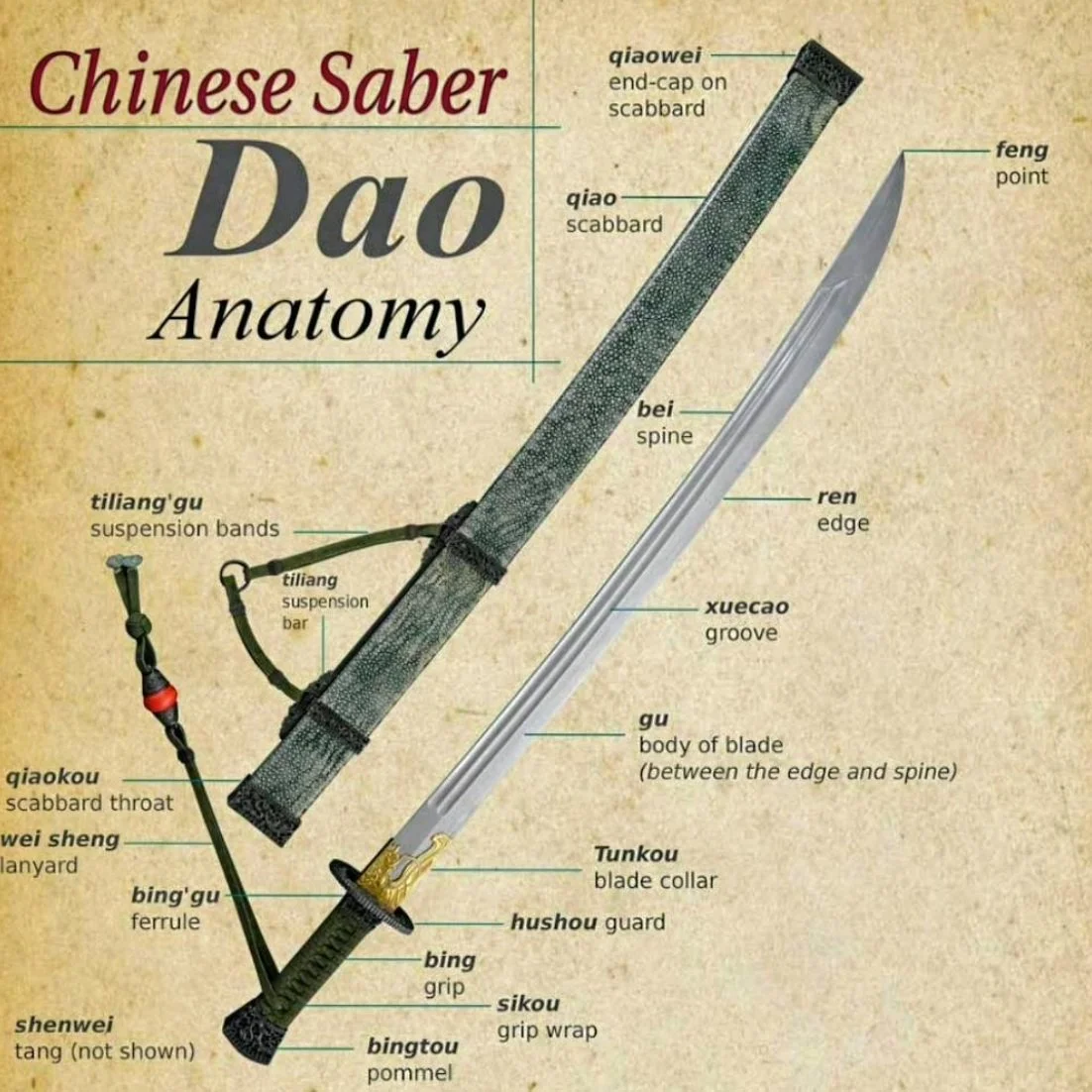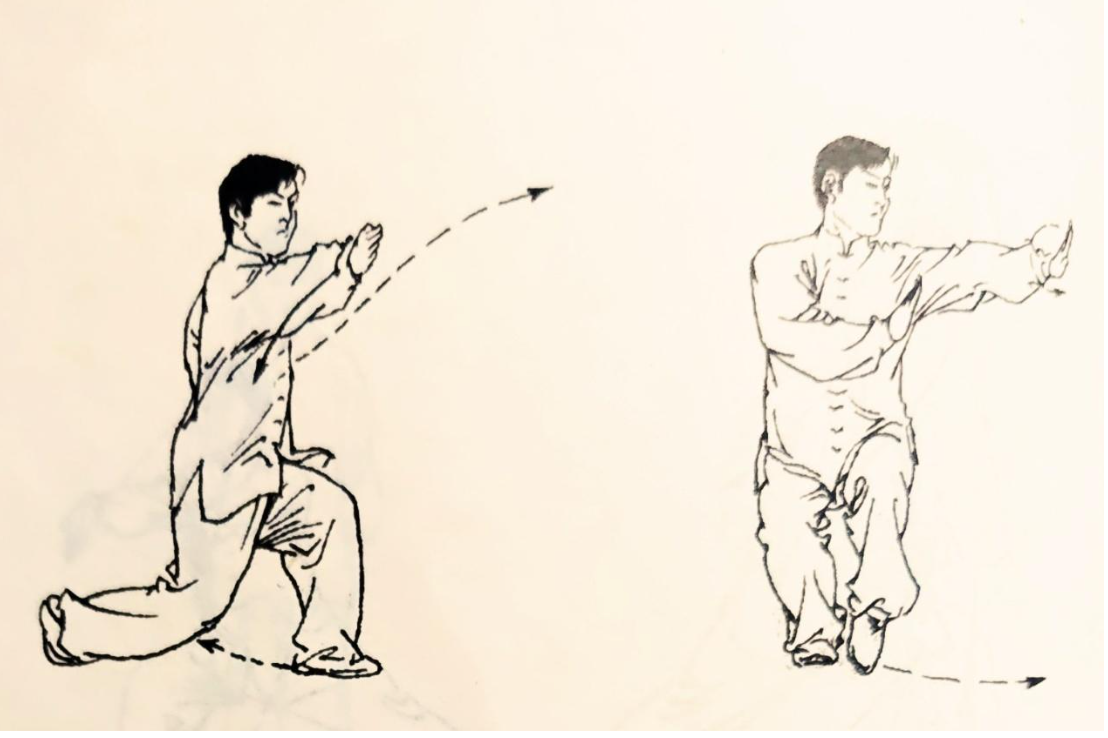Exploring the Dynamic Connection Between Pigua Zhang and the Chinese Sabre
Introduction to Pigua Zhang and Weaponry in Chinese Martial Arts
Chinese martial arts encompass a rich tradition of integrating weapons into training, and Pigua Tongbei is a prime example. Originating from the early Qing Dynasty, this martial art melds hand-to-hand combat with sophisticated weapon techniques, reflecting its historical depth. "Pigua," meaning "chopping and hanging," directly alludes to the movements associated with wielding a Chinese sabre. This article dives into the intriguing ways Pigua Zhang utilizes sabre techniques.
Anatomy of a Chinese Sabre (Dao)
The Chinese sabre, or "Dao," features a distinct design optimized for battle. Key components of a typical Qing Dynasty Dao include:
Point (Feng): Utilized for piercing.
Edge (Ren): Crafted for slicing and chopping.
Spine (Bei): Serves as the sabre's structural core and is used defensively.
These elements are essential for the sabre’s effectiveness and significantly influence the martial techniques crafted around its usage.
Key Techniques in Pigua Zhang Inspired by the Sabre
Pigua Zhang incorporates several techniques inspired by the sabre’s functionality:
The following are three core techniques that demonstrate this relationship:
Penetrating Technique
Echoing the sabre's piercing point, practitioners use their fingertips to strike at sensitive areas on an opponent, such as the throat or eyes. This technique requires robust, conditioned fingers for effective execution.
Countering Technique
Modeled after the defensive use of the sabre’s spine, practitioners employ their forearms to deflect and counter strikes. This defensive tactic is crucial for protection against attacks targeting both the upper and lower body.
Chopping Technique
Pigua Zhang features various chopping techniques that mirror sabre movements:
Rolling Chop: This involves dynamic footwork and arm movements, mimicking a sabre’s swing, with the practitioner's hand edge acting as the blade.
Single and Double Opening Chop: These powerful techniques utilize momentum and agility to deliver precise chops, drawing inspiration from traditional sabre techniques.
Chopping in a circular motion with a Sabre
Single Opening Chop - Pigua Zhang’s signature
PiguaQuan’s Chop Technique without Sabre
Double Opening Chop
The Symbiotic Relationship Between Pigua Zhang and the Chinese Sabre
The integration of sabre techniques into Pigua Zhang not only underscores the martial art's adaptability and historical significance but also helps preserve the legacy of traditional Chinese weaponry within contemporary martial arts training. Future discussions may delve into how other weapons, such as sticks or staffs, influence Pigua Zhang, further highlighting the art's versatility and continuous evolution.
By mastering these interconnected techniques, martial artists gain a deeper understanding of both the weapon's design and its strategic use in combat, ensuring the ancient traditions of Chinese martial arts continue to thrive in modern practice.






